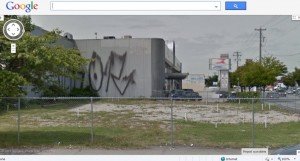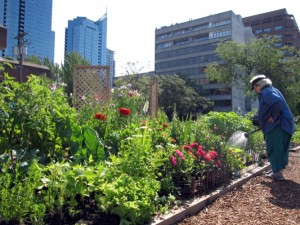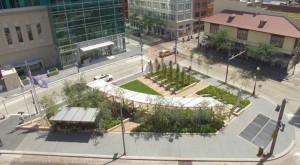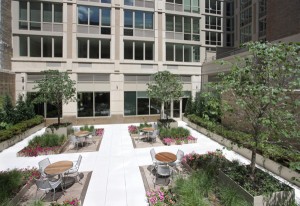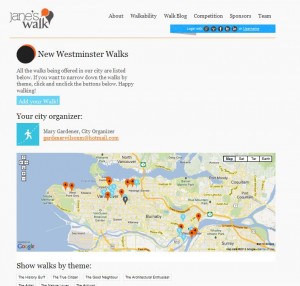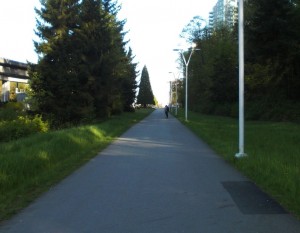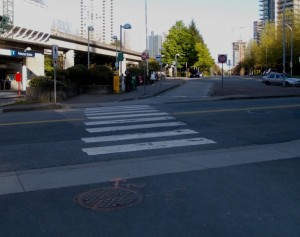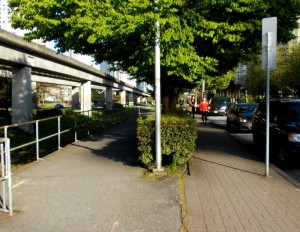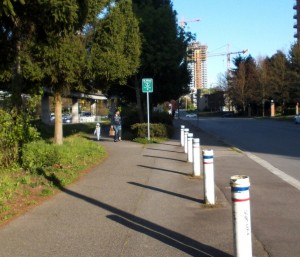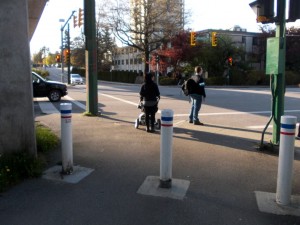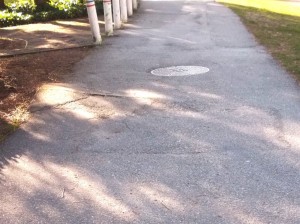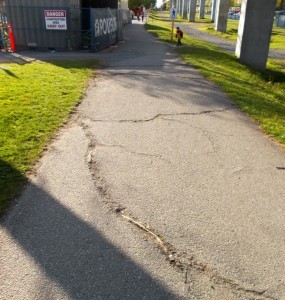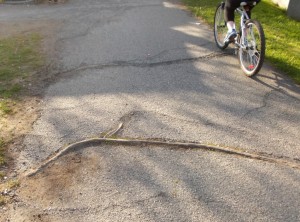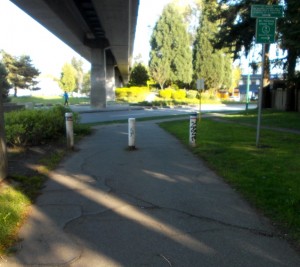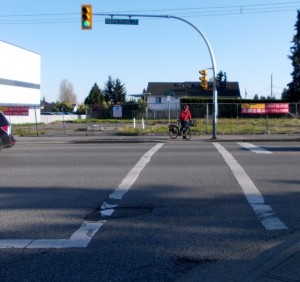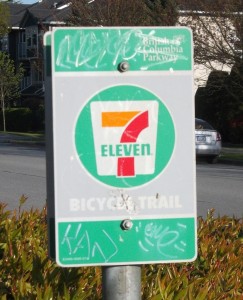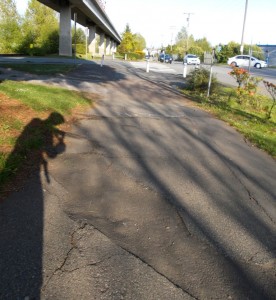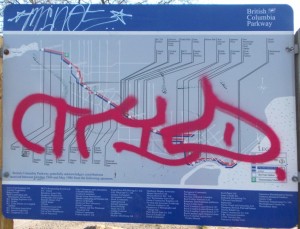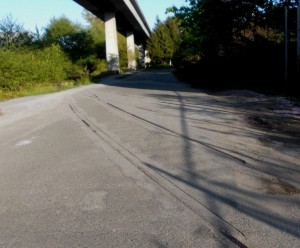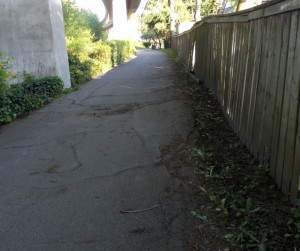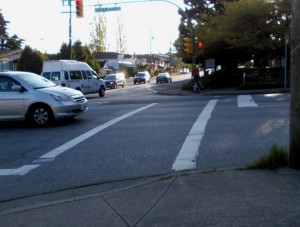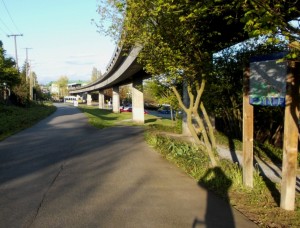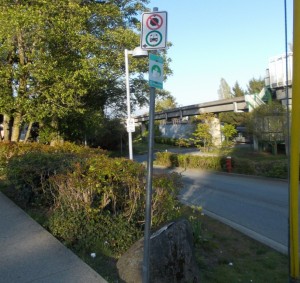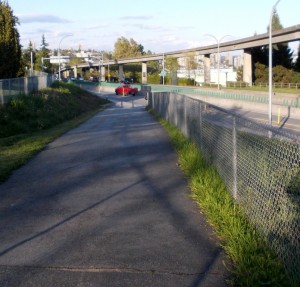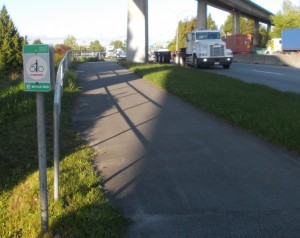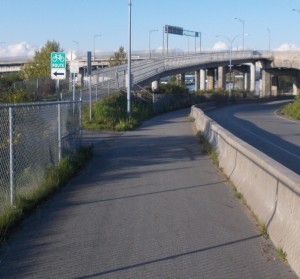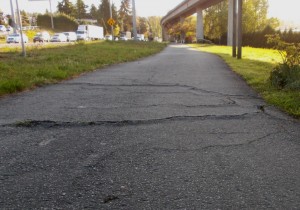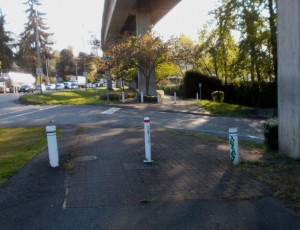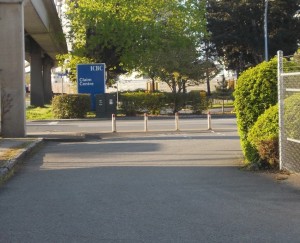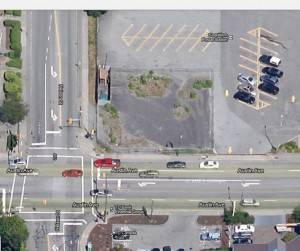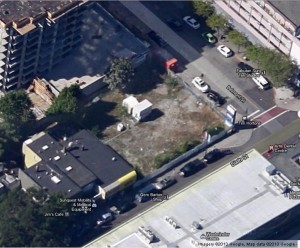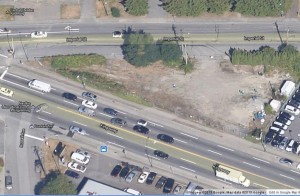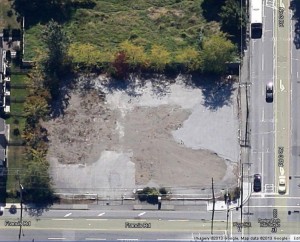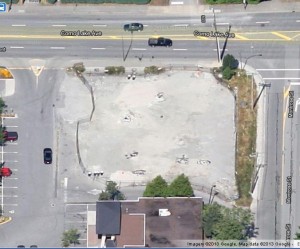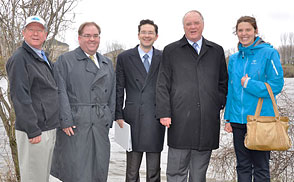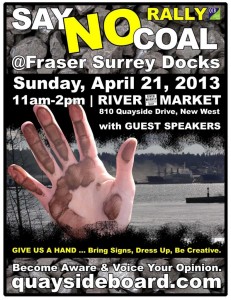I am writing this before the polls close, so read this as a warning to the winning party, whomever they will be
Ah, screw it. I’m a local blogger, not the traditional media, I don’t have to pussy foot around pretending there is a real exciting race here and can just say it – we all know the NDP are going to win this election with a comfortable majority of more than 55 seats. So this is a warning not to the NDP (they know what they are in for) but to NDP supporters and the centrist voter who this one time just couldn’t put Christy Clark’s name down.
The next two years are going to suck.
It will not be the fault of Adrian Dix, it will be because of the vast minefield of trouble left behind by Christy Clark’s two years of campaigning in lieu of governing. Every step Dix and his team make in the next couple of years will be in the context of this minefield. The best case scenario is that they can get a handle on these issues and get past them in a meaningful way before the next election, because if he governs responsibly, the next two years are going to look terrible on paper.
So I present to you, in extremely short form (each of these affords its own long blog post): the landmines left behind by Christy Clark, all of which will likely explode in the next 5 years:
Pipelines: Assuming the NDP win, we will witness a monumental battle between the Federal Government and BC regarding the NGP. This fight serves the Conservatives well, as they will be seen by their base as champions battling the true enemies of Conservatism: an unholy axis of Socialist Hordes, First Nations, and Dirty Hippies. The Kinder Morgan line twinning will be no less ugly, even if the playing field will be less obvious. Closer to home, the proposal sail Panamax tankers full of jet fuel up the South Arm of the Fraser, offload in Richmond and pipe it to the Airport is stuck in EA limbo, as Minister Terry Lake cynically delayed the signing of the EA Certificate just two months before the election (no coincidence that the project had vocal public disapproval, and ran through several key Liberal ridings). All of these fights are going to be ugly, and there will be a lot of private money spent criticizing any government that opposes pipelines to the Pacific.
BC Hydro: The legacy of run-of-the-river small hydro projects has been well explored, but they are just a symptom of the monumental mismanagement of BC Hydro by this government. From signing terrible long-term contracts to buy power for much more than its re-sale value to deferring debts to some future date, to blithely ignoring the recommendations of the BC Utility Commission and the partial-privatization experiment – the Liberals have put BC Hydro on very shaky financial ground. The Cash Cow has been milked for billions in the last few years, and will soon be coming up dry. It will be increasingly difficult for the next government to hide the bleeding, especially as we try to provide power to new resource industries. Much like TransLink (below) and BC Ferries (below), this is not a criticism of BC Hydro as a Crown Corporation, but of political fettering in the business by the Premier and Darth Coleman which has limited Hydro’s ability to fulfill its mandate.
AirCare: The BC Liberals made an announcement last year that they were going to end AirCare and replace it with… uh… something. This, despite two recent external program reviews that showed AirCare to be not only an effective regional air quality protection system, but also one of the most cost-effective greenhouse gas reduction measures in the Province. It works, and it will continue to work for years to come. The Liberals, as per their habit, announced the end, but didn’t actually do anything about it– the Provincial legislation requiring TransLink to run AirCare is still on the books, so the NDP will either have to pass legislation to end it in 2014, or sign a new contract with the provider to continue it- no doubt facing Liberal criticism either way.
Water Act: Interesting fact: BC is the only jurisdiction in North America with no laws protecting groundwater resources. Anyone can drill a hole in their back yard and extract as much groundwater as they want, even if it draws the neighbour’s wells (or adjacent surface streams) dry. Recognizing this problem a decade ago, the BC Government started working on an update to the century-old Water Act. Then promptly threw it on the back burner to simmer – a limbo it has been in for several years. The failure to move this file forward one inch will be Terry Lake’s legacy as Minister of Environment One might suspect they got push-back for attempting to download groundwater protection to municipalities (see the paucity of Water Management Plans completed in 5 years), or perhaps it is the vast quantity of water needed to fuel the fracking dreams of the Oil and Gas Industry and proposed coal mine expansions in the Rocky Mountain Trench. For whatever reason, every year without an effective Water Act means less water security for our future.
Translink: I don’t know what more to say about TransLink than they need to be given the resources to build the system back to where it was 2 years ago (yes, we actually have less bus service now than when Christy Clark took over a Premier), then we need to get the governance worked out so stupid money-losing projects like the Falcon Gates and expanding the Pattullo are forgotten, and we can start laying groundwork for real Transit expansion to UBC and (not “or“) South of the Fraser. Again: poor financial management and a lack of leadership on this front mean just fixing what has been broken will cost a lot of money and take some political will. Minister of Transportation is going to be a key (if thankless) portfolio.
Gateway: We can also expect the Minister of Transportation to suffer when the bills come due on the asphalt-laying decade of the BC Liberals. Neither the Golden Ears Bridge nor the Port Mann are meeting the fanciful traffic projections that would be needed to make the Tolls pay for the works. The SFPR will no doubt be over budget and unsatisfying as it pushes traffic back-ups around (as opposed to removing them). Some money will need to be found for the Tunnel and Pattullo refits (not “replacements“). Yes, the latter is TransLink, but their larder is bare, and the Minister can’t let a bridge fall down on their watch. Ugh. What a mess.
BC Ferries: Yet another case of a Crown Corporation not being run at arms-length, being partially sold off to profit-taking buddies, starved of revenue, then being the victim of a lack of decision-making at a crucial time. The current government wants Ferries to be self-supporting (a litmus test not applied to any other transportation system in the Province, from roads to sidewalks to bike paths to transit) while increasing rates to the point where Float Planes and Helijets are threatening to become the affordable alternative. Much like other aspects of the Province’s Transportation “Strategy”, they are worried more about moving cars than people (try to get from Vancouver to Saltspring on transit or from Victoria to Vancouver on bike- and you will see what I mean). Contracts are coming up, ships are aging and the system is failing. Something is going to have to happen soon.
Oh, I could go on – the unaccountable fiasco that is PavCo and the new BC Place Roof, the Pacific Carbon Trust, the ignored carbon emission targets, faltering timber supply for the few non-exploded lumber mills left up north, the Teacher’s contract, School seismic upgrades, Hospital upgrades, fixing the Ambulance Service, Regional Policing models, Waste-to-Energy plants…
As much as I hope Adrian Dix wins, I wouldn’t wish his job on my worst enemy.
